Report by: Hussein Al-Yabari (Holm Akhdar)
In the past few years, the problem of degradation and logging in the country’s forest areas and woodlands has arisen as a result of the recurrent oil derivatives crisis, namely household cooking gas.
The ongoing war in Yemen since 2015 has aggravated the humanitarian, economic and environmental conditions. It has also triggered the world’s worst humanitarian crisis, as described by the United Nations.
This has put pressure on the natural resources of the environment and increased the utilization of the vegetation cover on a large scale.
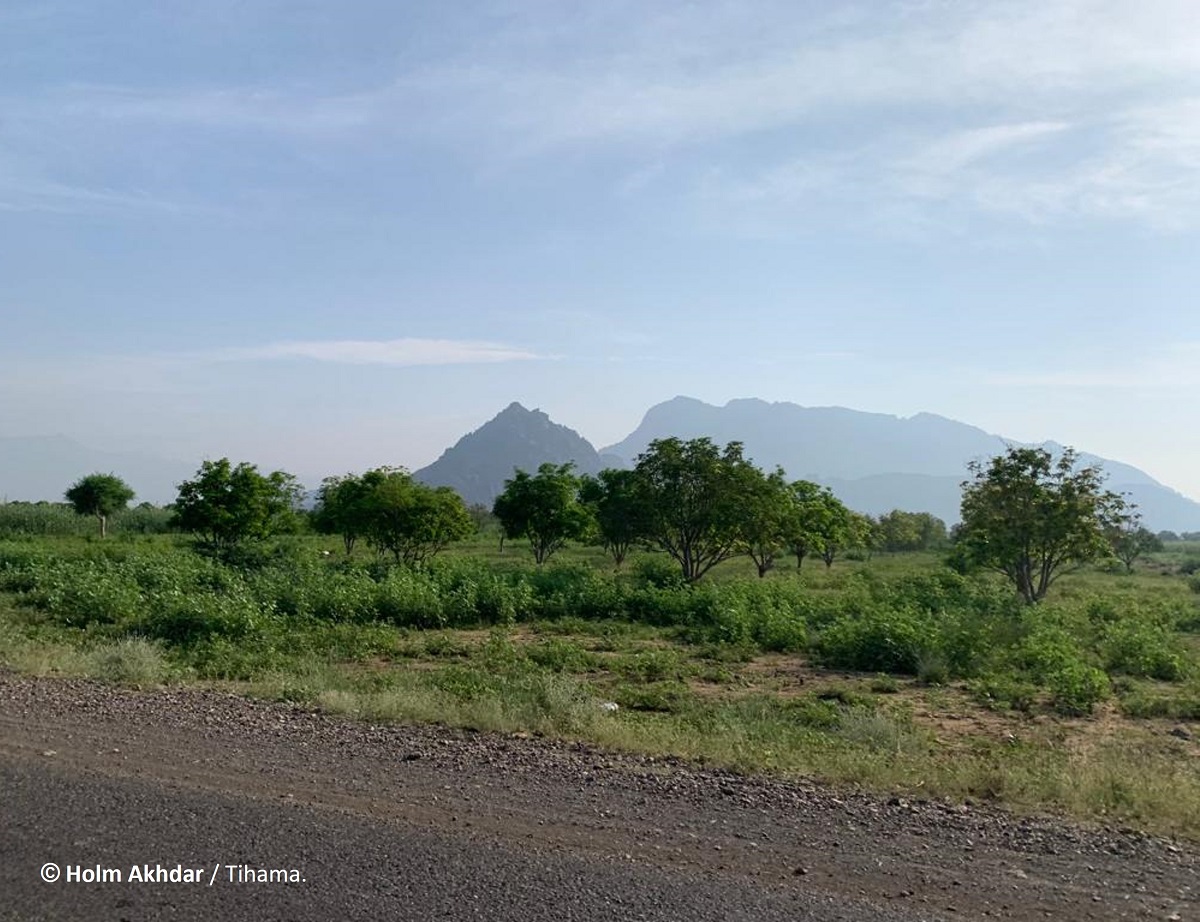
What Triggered the Problem?
The excessive logging operations exacerbated the problem and led to the increased use and deterioration of vegetation cover in several regions of the country.
This excessive logging is represented in the total cutting of trees and forest plants, for producing timber, firewood and the coal industry. It is also used as fuel for cooking purposes.
According to a policy paper by the national expert, Eng. Mohammed Hassan Moqbel, (Holm Akhdar obtained a copy of it), “This type of misuse of forest trees has devastating consequences for vegetation cover, particularly in arid areas.”
In this policy paper, Eng. Mohammad Moqbel says: “Forests and woodlands played a major role in providing job opportunities for large number of people whose jobs and salaries were interrupted by the war.”
The paper noted that “the high price and recurrent disruption of gas has caused many households, and some service sectors, to switch to using firewood as an energy source for cooking purposes, resulting in increased pressure on vegetation cover.”
,Vegetation cover has only recovered in the past two decades, but due to the current crisis in Yemen, the problem of woodcutting has returned.
The problem is the high price of a 20-litre cooking gas cylinder, its non-availability at the sale points of the Yemeni Gas Company (a government company), and the difficulty people face to obtain it.
For citizens, obtaining cooking gas has become through the monthly quotas approved by neighborhoods chiefs, which limits its availability in the market.
This also forced some small projects, such as bakeries and restaurants, to switch to using firewood as fuel to compensate the shortage of gas provided on a monthly basis.
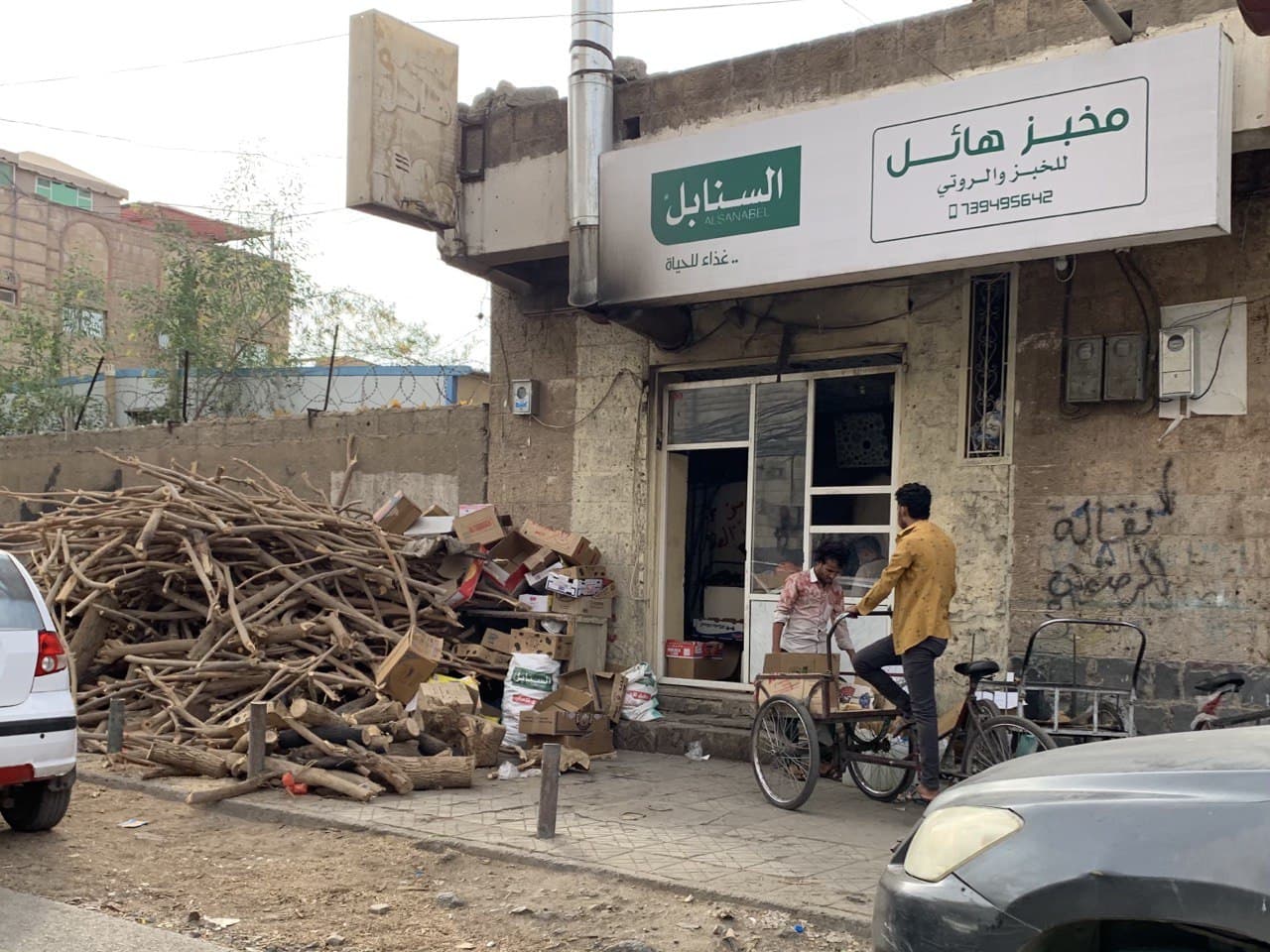
High and Unstable Prices
According to the July pricing announcement, Yemen Gas Company has set the official price for gas, at gas -powered car filling stations, and restaurant owners at prices that have increased abruptly.
The company’s statement on its official Facebook page stated: “The price of one liter of household gas is 376 Yemeni riyals” (equivalent to $0.6).
The gas company said: “The price of a 20-liter domestic gas cylinder is 7,520 riyals.” (Equivalent to 13 dollars), compared to 4,300 Yemeni riyals (equivalent to $7) 3 months ago.
On March 24, the company announced in its gas distribution plan for the neighborhoods of Sana’a, “The price of a 20-liter gas cylinder is 5,800 riyals.”
However, some residents of 3 neighborhoods in Sana’a confirmed to “Holm Akhdar” that they are buying a gas cylinder from the neighborhood chief for 6,000 riyals.
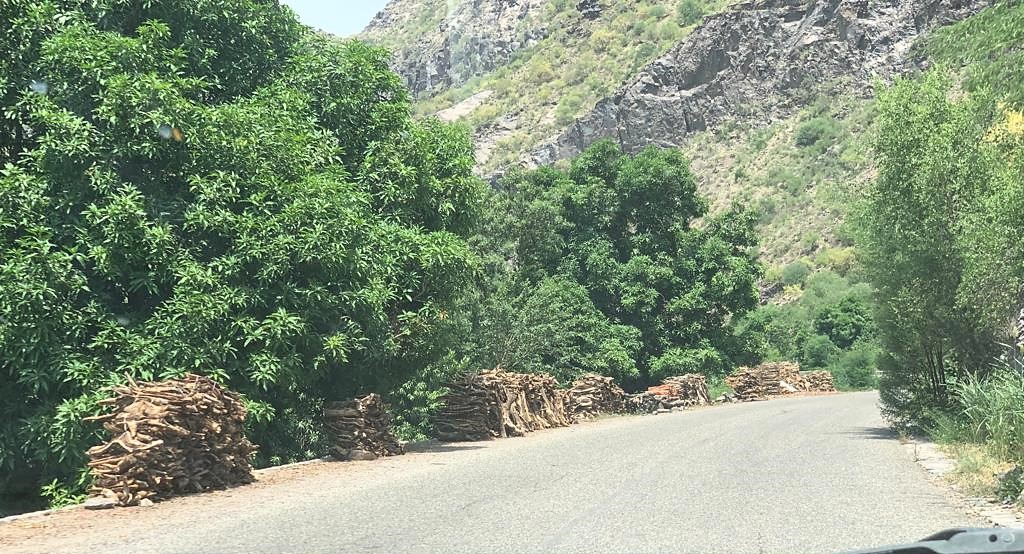
Pressure on Vegetation Cover
Along the asphalted road between the capital Sanaa, and the coastal city of Hodeidah, huge masses of uprooted trees are piled up for sale.
The demand for firewood has increased by restaurants and bakeries to meet their needs for firewood and coal, to produce the sector’s meals.
Eng. Abdullah Abo Al-Fotouh, Director General of Biodiversity and Natural Reserves at the General Authority for Environmental Protection in Sana’a, says: “Logging poses strong pressures on the vegetation cover, causing the decline of trees in rural and urban areas.”
“The mangrove forests in Kamaran Island Reserve in Al-Hodeidah Governorate, on the Red Sea coast, have been subject to woodcutting and excessive logging.”
“In Safaan, an area in Haraz, Sana’a governorate, the citizens complained to the officials at the Environment Authority that trees in their lands were being constantly logged by people.” He added.
Speaking to Holm Akhdar, Abo Al-Fotouh said, “A preliminary survey, by the Environment Authority in 2018, found that about 722 bakeries were found to produce bread in Sana’a, with each bakery consuming two medium-sized truckloads of firewood. Each truck has an estimated load of 50 trees.”
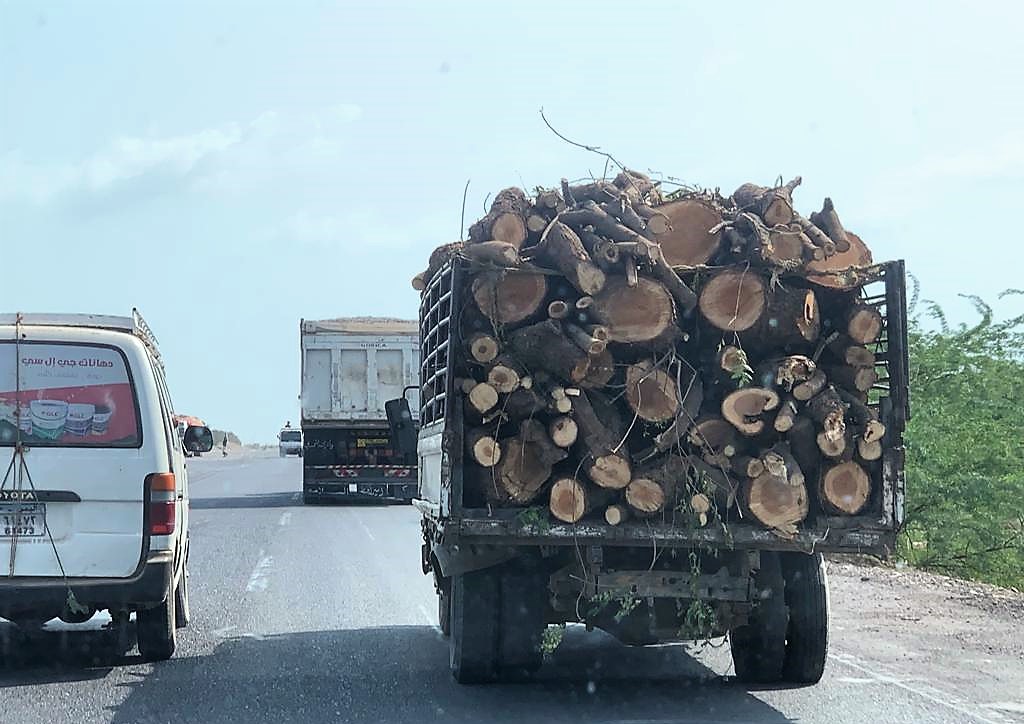
Increased Demand for Firewood
Woodcutting and coal industry turned into a large commercial business in the country, and markets for firewood and coal were opened in several areas and along the main roads, resulting in the removal of large areas of vegetation cover.
According to a number of bakery owners in the capital Sana’a, their average need of gas ranges from 3 to 5 cylinders per day.
Mohammad Dabwan, 44 years old, the owner of Al-Tawakul bakery in Hail area, says,” I used to buy a small-sized truckload of firewood for 35,000 riyals (equivalent to $60), but now the prices have gone up.” “Today we buy a truckload of firewood at 130,000 riyals (US $220), and this load is consumed in 6-7 days for bread production, and on school days, this load of firewood is consumed in 5 days.” Dabwan added.
“Our bakery needs at least 4 small-sized truckloads of firewood per month, and that is 20,000 riyals for firewood a day (equivalent to $33).” Dabwan said.
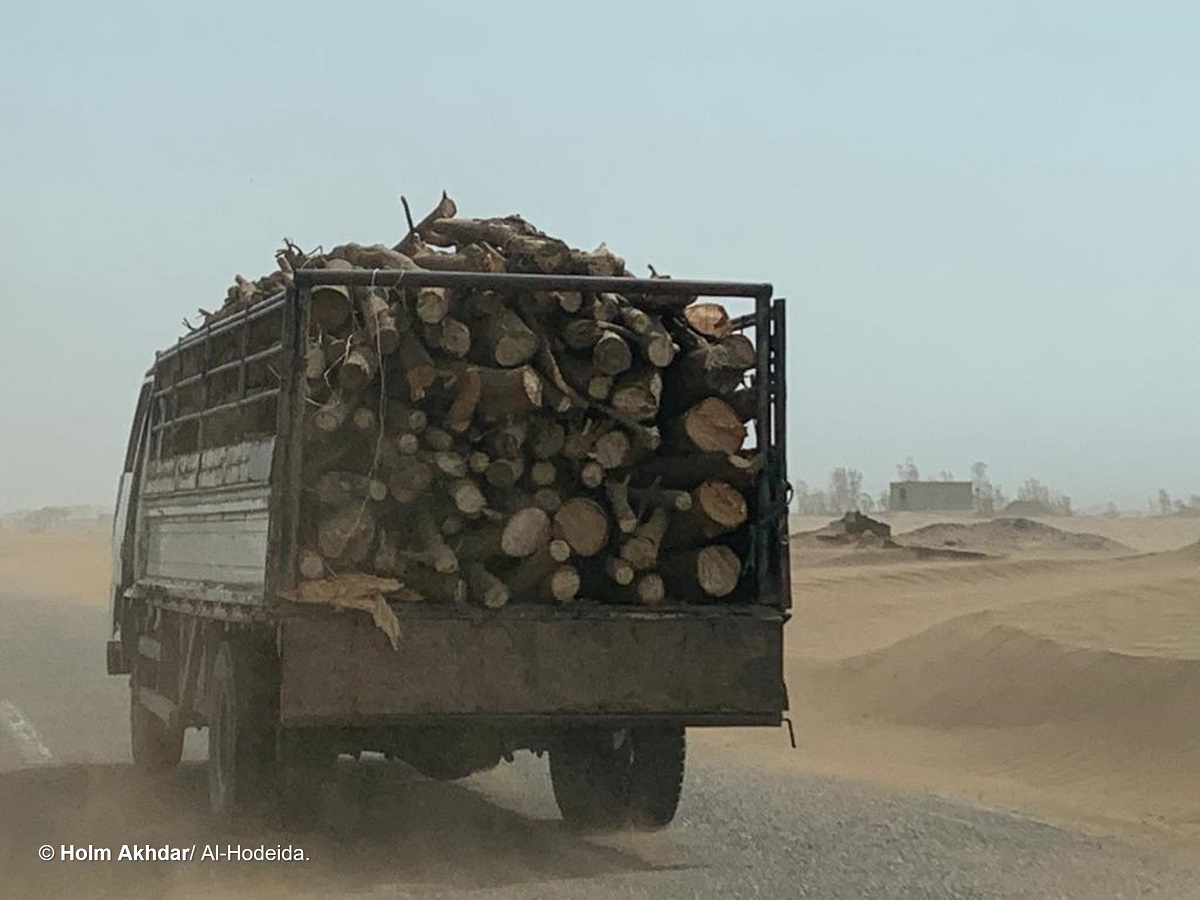
Expansion of Desertification
Yemen is located among dry and semi-arid regions, with rainy pockets or islands within humid and semi-humid regions. Yemen has an area of 527,970 km2, equivalent to 52,797,000 hectares.
The policy paper by Eng. Mohammed Moqbel, on the state of woodlands, indicates that “Yemen’s forests represent about 1%, i.e. (549,000 hectares), and woodlands represent an area of 2.7 %, that is (1.4 million hectares).”
Adding them up, the country’s forest and woodland ratio is about 3.7%, with a total area of about 1.955.000 million hectares.
Desert and urban lands are about 49.5%, equivalent to 26,134,515 hectares. These figures reveal a significant gap between the area of vegetation and the area of desertification.
According to data by the Ministry of Agriculture, desertified lands in Yemen are divided between sandy desert lands, coastal and continental lands, mountains, residential lands and roads.
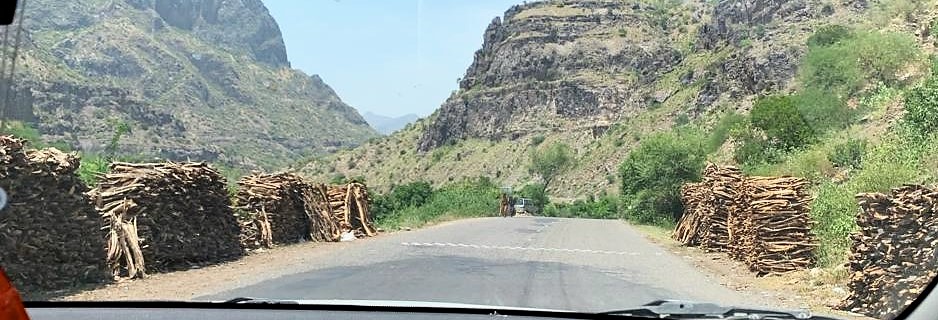
860,000 Trees Uprooted Annually
Five decades ago, cooking gas was not available in the country, and people in the rural areas (70% of the total population) were used to woodcutting but according to traditional customs that do not destroy the vegetation cover.
Tree branches were being pruned, but currently, trees are being cut down completely, and no new trees are being planted to regenerate the vegetation cover.
According to Eng. Abo Al-Fotouh, “woodcutting has existed in Yemen for decades, especially in the 1970s and 1980s, and then people in rural areas started using cooking gas in the mid-1990s.”
“Vegetation cover has only recovered in the past two decades, but due to the current crisis in Yemen, the problem of woodcutting has returned.”
“More than 866,400 trees are cut down a year, to fuel Sana’a bakeries only, as about 17,500 tons of firewood are burned annually.” Abo Al-Fotouh added.
“This degrades a cultivated land of 780 hectares, and if such a survey was applied to Yemen’s governorates suffering from fuel crisis, we will find that millions of trees are being cut down annually.” Abo Al-Fotouh elaborated.
Abo Al-Fotouh also believes that vegetation cover suffers from poor management and increased disorganized human activities. Vegetation has significantly shrunk in quantity and quality due to misuse and excessive logging, in addition to tree removal for the purpose of urbanization.”

Logging and Associated Consequences
During the past 5 years, logging and uprooting forest trees resulted in negative impacts on important economic activities in the community, such as grazing, livestock raising, beekeeping and honey production. In addition to other adverse impacts on soil degradation and erosion caused by torrential rains and winds.
In addition to direct threats represented in the infrastructure projects and population communities being exposed to the risk of flooding and the encroachment of sand dunes due to low vegetation, and so is the community deprivation of tourism in green areas, reduced storage age for water facilities, and wild habitats being degraded by the retraction of woodland vegetation cover.
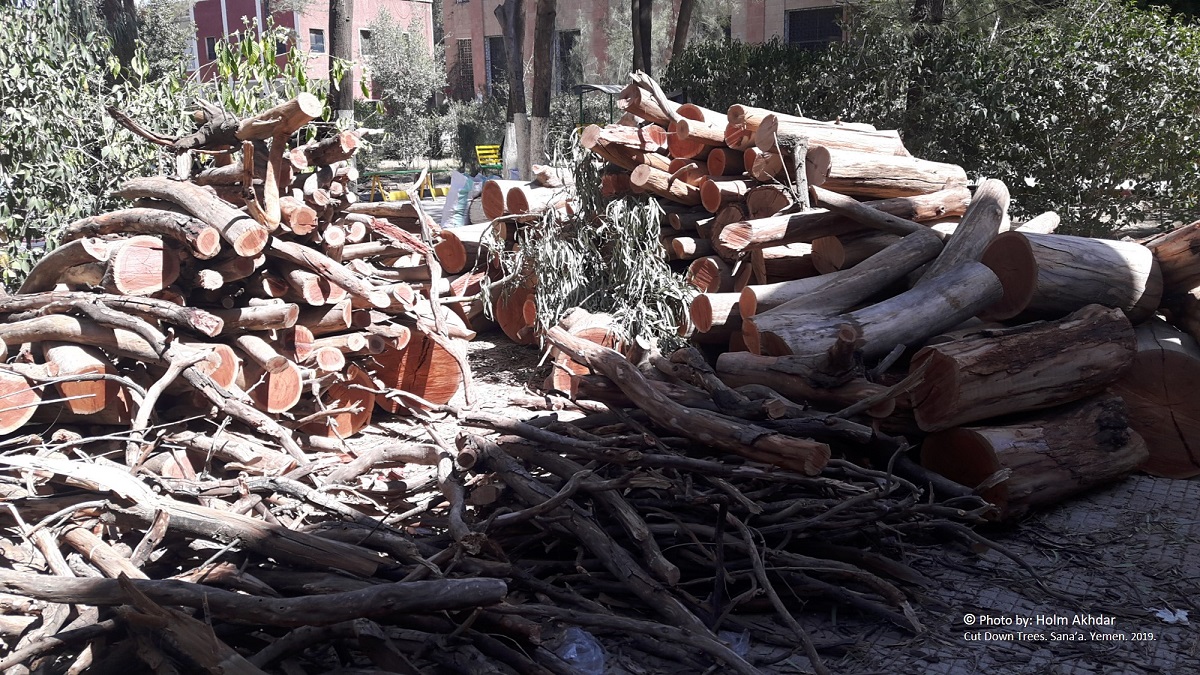
Reconsidering Gas Distribution Policies and Procedures
According to a research paper by Eng. Mohammed Moqbel, “”Yemen’s vegetation utilization systems lack many regulatory controls.”
Many specialists agree on the necessity to put in force legal legislations and raise local community awareness on the risks of excessive logging.
In response to the complaints of many citizens and restaurants and bakeries owners, the authorities should reconsider the current gas distribution procedures.
Restoring the service of the gas company’s sale points in the cities, as it was in the past, and discontinuing gas distribution through neighborhoods’ chiefs.
Reconsidering gas distribution policy and procedures, and taking fair actions, will work to reduce logging and preserve natural resources.
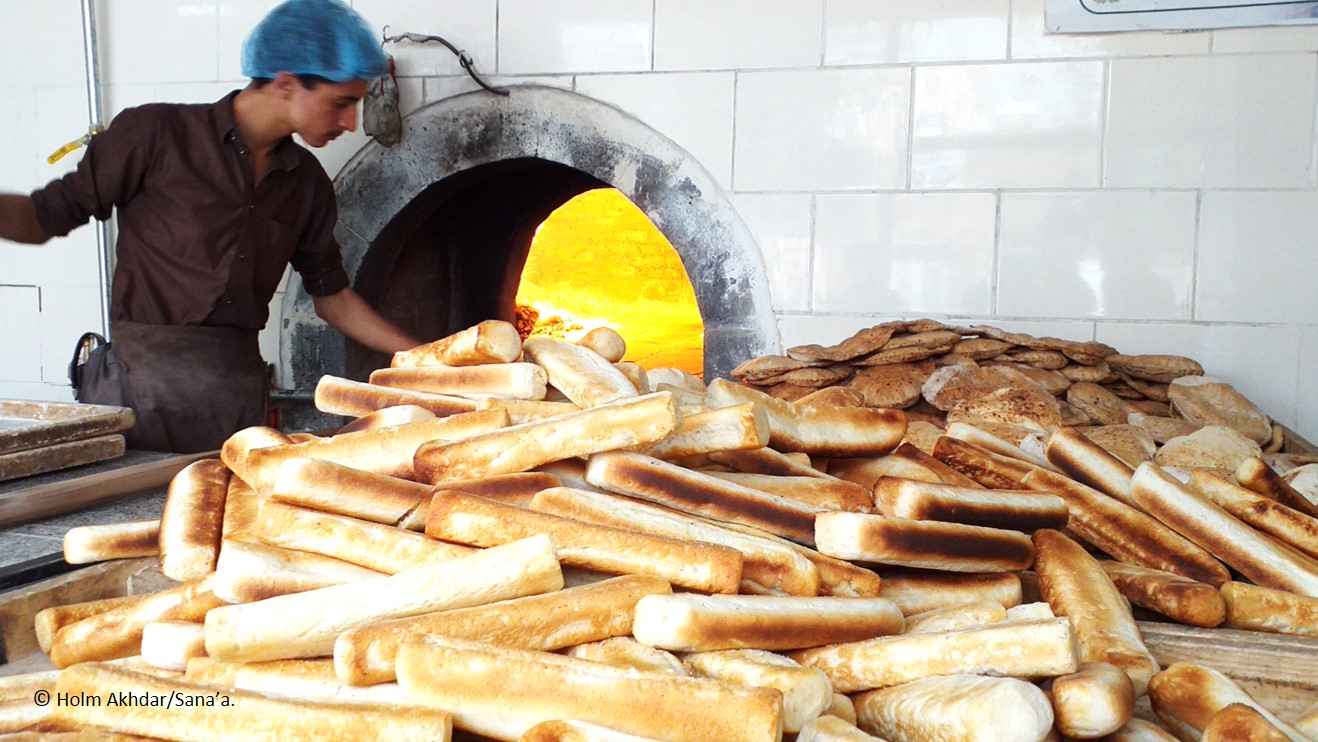
Possible Solutions
Speaking about solutions, Eng. Mohammed Moqbel said, “There is an urgent need to develop forest policies by conducting surveys and allocating necessary funds to control desertification.”
“Integrated Multi-purpose Forest Tree Planting Program is to be implemented, including the afforestation of 5,000 hectares of degraded areas, covering approximately 11 targeted local governorates.” Moqbel suggested.
The growing trade in firewood and charcoal, and the ever-increasing uprooting of trees, affect the environment and the climate and greatly diminish the natural resources.
Current procedures of gas provision lack control over neighborhoods and are in short of ways to make sure gas is provided to all, besides they do not take into account natural resources.
These actions have resulted in decreased vegetation cover due to unregulated logging which affected the environment, increased desertification, and drought, and caused the loss of fertile soil.
More dangerously, logging raises the likelihood of climatic disasters such as floods and torrential rains, and thus exacerbating the humanitarian crisis in the country.
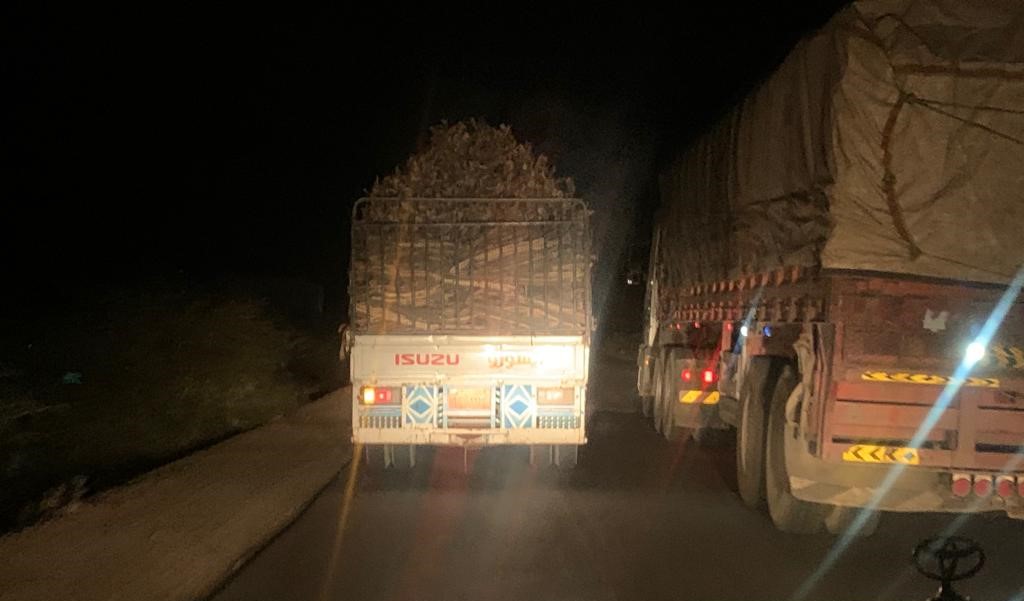
Proposed Interventions
Hereby, Holm Akhdar introduces a set of proposed interventions and places them at the table before the authorities, which may help reducing logging and preserving natural resources, as follows:
– Reconsidering the current policy procedures in place to provide cooking gas to the population and the service sector: restaurants and bakeries.
– Activating the sales points of the Yemen Gas Company in all cities and districts, which was used formerly to provide a direct-sale service.
– Developing forestry policies to reduce desertification and start implementation of afforestation activities.
– Establishing clear and specific controls for the utilization of vegetation cover in Yemen.
– Obligating traders and current firewood workers to follow the method of selective and dispersed logging in woodlands.
– Enactment of forest legislation incorporating the usufruct rights of the woodland’s inhabitants.
Working with local communities in order to activate the customs and traditions pertaining the protection and preservation of pastures and forests, in addition to raising local community awareness on how to make use of and preserve the environment.
ـــــــــــــــــــــــــــــــ
* Hussein Al- Yabari: Journalist, “Holm Akhdar” editor

